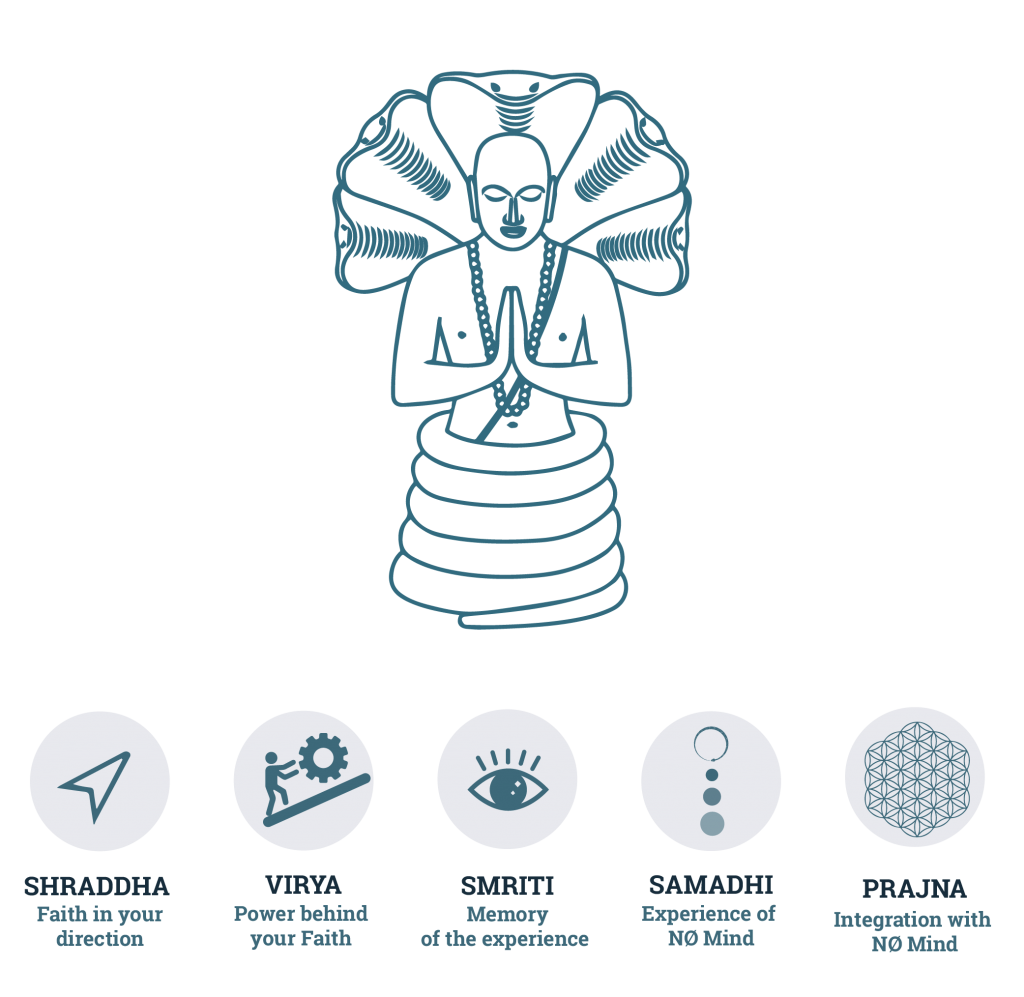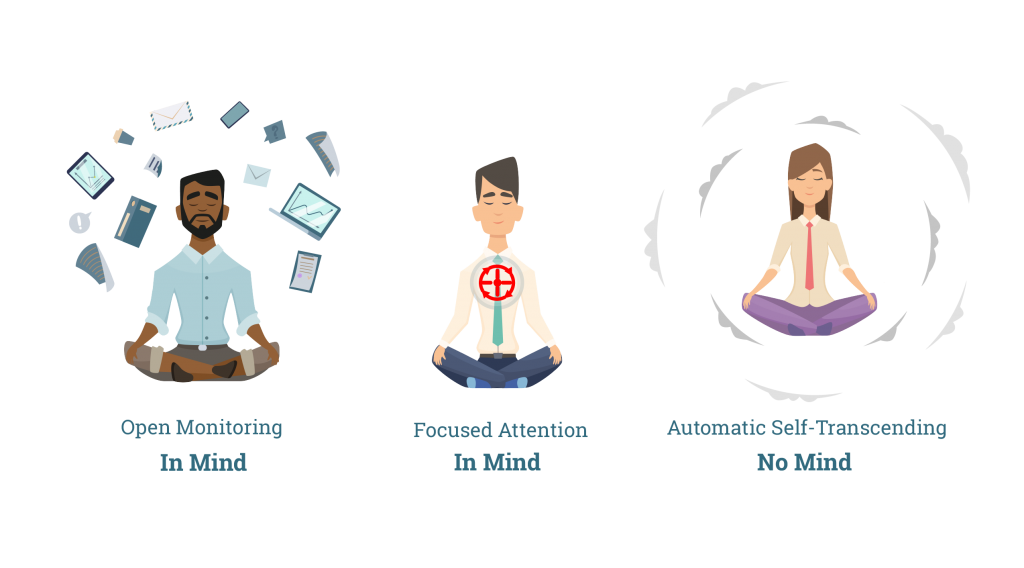YOGA IS THE CESSATION OF THE MIND’S FLUCTUATION

Ask any average person who is semi-acquainted with yoga about the key elements of the practice, and you’ll probably find an answer along this line:
“The poses. You know, warrior 1, warrior 2.”
Look at any fitness magazine, any fitness Instagram model. You will find thin, models twisting their bodies in exotic shapes and poses on the cover of those magazines or accounts. Tan, Fit models in bikinis gazing off into the sunset in Warrior 2 certainly makes for an aesthetically pleasing picture on the Instagram grid, but what more is Yoga supposed to offer? These images constantly send messages that distort the philosophical nature of the practice, implicitly suggesting that those who “practice yoga” must fit a certain niche.
Despite the great benefits that can be achieved by practicing yoga, the West paints a convoluted picture of its purpose, clouding the true essence of yoga. What’s troubling about this reality is how obtusely it deviates from its genuine historical significance, and even more so, how most people fall victim to this glamorized misrepresentation of yoga. The true teachings of yoga, however, emphasize that yoga is for all, and can be practiced by anyone — flexibility should not be a deterrent. Social media, yoga teachers, and Western studio culture ultimately are responsible for propagating this misrepresentation.
If you travel back to India over 5,000 years ago you will find the birthplace of yoga. There were no fancy classes, polished studios, and social media trends did not exist. Yoga was simply a spiritual practice that originated in one of the oldest, most sacred texts: the Vedas. The Vedas were a collection of texts, songs, and other artifacts used by Brahmin priests in India. Eventually, the documentation of yoga appeared in the Upanishads, an ancient work containing hundreds of scriptures. The most renowned of these scriptures is the Bhagavad Gita, which documents stories of ancient Gods in Sanskrit, emphasizing more of a meditative & moral philosophy rather than a physical practice.
The word “yoga” technically means union and modern day Yogi Sadguru has updated the definition of Yoga to “the technology of self-transformation“. The goal of the Yoga practice is to attain “moksha,” meaning liberation, or freedom from the thinking mind. According to the Yoga Sutras, there is an eight-fold path that leads to an experience of a restful alert state or Samadhi, also known as the Eight Limbs. Think of it like this: What the Ten Commandments are to Christianity is what the eight limbs are to Yoga. Follow these eight limbs, and you’ll achieve enlightenment, a heightened sense of self, and a heart full of love, gratitude, and fulfillment.
However, In Patanjali’s Yoga Sutras, his second yoga sutra defines Yoga as ‘yogas chitta vritti nirodha’; or Yoga is the cessation or removal (nirodha) of the mind (chitta) fluctuations (vritti).
All our experiences are known to us because of the fluctuations of our mind – our thoughts, feelings, memories, anxieties, hopes come and go as movements within the experience of mind. However, If you remove the fluctuations of the constantly flowing mind what remains? Just the mind being one with its foundation and in this moment, there exists something original & sacred. A moment when all our competing thoughts, feelings, memories, anxieties, hopes…they all quiet down. And it is in this singular moment, when no conflict exists in the mind do you enter a state of No Mind.What is No Mind?
From the perspective of thought stopping, transcendental consciousness could be called “No Mind”. This state is said to be “The peaceful, the blissful, the undivided, is thought to be the fourth; that is the Self. That is to be known.” –Nrisimhottaratapaniya Upanishad “Fourth” here means a fourth major state of consciousness, distinct from waking, dreaming, and sleep.
The Mandukya Upanishad states: “The fourth condition is Atman [individual soul] in his own pure state. It is neither outer nor inner consciousness, neither semi-consciousness, nor sleeping consciousness. It cannot be seen or touched. It is above all distinctions, beyond thought, ineffable. In the union with him is the supreme proof of his identity. It is peace and love.
Patanjali’s five-fold personal commitments in the path of Self-realization

In Sutras 1.20, Patanjali suggests following a five-fold systematic path of
- Faithful certainty in the path (shraddha),
- Directed energy towards the practices (vīrya),
- Repeated memory of the path and the process of stilling the mind or (smriti),
- Training to experience this restful alert state (samadhi), and
- The pursuit of real knowledge, by which the higher samadhi (asamprajnata samadhi) is attained (prajna).
The five principles and practices in this sutra form a very simple, straightforward outline of the personal commitments needed to follow the path of Self-realization.
This five-point orientation works in conjunction with the eight rungs of Yoga introduced in Sutra 2.28. Historically, there are two ways for talking about Transcendental Consciousness: from the point of view of the active thinking mind, where Transcendental Consciousness is annihilation of all the mind’s activities, and from the point of view of unbounded transcendental pure consciousness that is the foundation of the mind, where Transcendental Consciousness is gaining the mind’s true nature of unbounded consciousness. Gaudapada Mahantam, the grand guru of Adi Shankara and the first historical exponent of Advaita Vedanta, emphasized that Transcendental Consciousness -No Mind-is not loss but is gain, gain of the totality of the non-changing basis of pure consciousness at the basis of the mind.
In Mind -vs- No Mind

The latest research on meditation techniques has categorized meditation into 3 modalities, each with a different EEG signature and physiological response.
- Focused Attention meditation is concentration, or actively controlling the mind/attention,
- Open Monitoring meditation is an active thought process of watching your thoughts and feelings.
- Mantra Based Auto Self Transcending is a unique technique that allows your mind to settle down effortlessly to experience transcendental consciousness.
NoMind is Transcendental Consciousness taken from the point of view of the active thinking mind, where Transcendental Consciousness is the annihilation of all the mind’s activities. NoMind serves as a reminder that you can choose to meditate to transcend via Mantra Based Auto Self Transcending Techniques or choose to meditate to be mindful, staying “in-mind” using Open Monitoring & Focused Attention techniques.
- T. Egenes. Maharishi Patañjali Yoga Sūtra. Translated by Thomas Egenes PD. First ed. Fairfield, Iowa: 1st World Publishing, 2010.
- Focused attention, open monitoring and automatic self-transcending: Categories to organize meditations from Vedic, Buddhist and Chinese traditions
- V. Katz, Egenes T. The Upanishads: with an Introduction by the Translators. New York, NY: Penguin Random House, 2015.


